Ground Operations devices box
G.O.D. Box and Ground Support Electronics
The ground support electronics system, including electronics, batteries, connectors, and hard shell case, is collectively known as the Ground Operations Devices Box (G.O.D. Box). We’ve used G.O.D. box to run numerous tests, ranging from individual component calibrations to liquid engine hot-fires.





